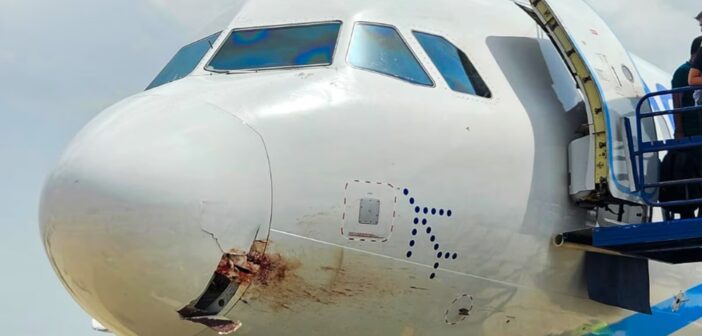TL; DR
Wildlife strikes are a growing threat to Indian aviation, with over 1,100 incidents reported in each of 2022 and 2023. These collisions with birds or animals endanger passenger safety, disrupt airline operations, and cause significant financial and reputational damage.
Context
Wildlife strikes occur when aircraft collide with birds or animals, especially during takeoff or landing. These incidents can damage aircraft engines, delay flights, and sometimes force emergency landings. It poses a threat to passenger safety and aircraft integrity. They also lead to financial losses, emergency diversions, and reputational damage for airlines.
Who compiles this data?
The Directorate General of Civil Aviation (DGCA), India’s aviation regulator, compiles and monitors data on bird and animal strike incidents. Airports and airlines are required to report each wildlife strike. This data is presented in the Parliament by the Ministry of Civil Aviation in response to questions from Members of Parliament.
Where can I download clean & structured data?
Cleaned, structured, and ready-to-use datasets related to aircraft accidents can be downloaded from Dataful.
Key Insights
- Wildlife strikes (including both birds and animals) have rebounded sharply post-COVID, with 2022 and 2023 both crossing 1,100 incidents each, nearly double the figure from 2019.
- 2017 also saw an early peak of more than 1,100 strikes.
- Across major airports, Delhi consistently reports the highest number of bird strikes, peaking at 185 in 2023, while Mumbai and Bangalore also show persistently high figures.
- Bird strikes at airports like Bhubaneswar, Trivandrum, and Pune, though lower in absolute numbers, have more than tripled since 2020.
Why does it matter?
As mentioned earlier, wildlife strikes pose a direct risk to flight safety, increase airline maintenance and insurance costs, and lead to delays or cancellations. With rising urbanisation and poor enforcement of land-use norms near airports, unmanaged bird and animal activity around runways threatens the reliability and safety of India’s growing aviation sector. These figures could be an indicator that even though DGCA has mandated structured mitigation protocols, the enforcement of these, especially beyond airport perimeters, remains inconsistent.
Key numbers
- Wildlife strike incidents (India, all airports):
535 (2019) → 1,143 (2023, till Oct)
- Strikes at Delhi airport:
62 (2020) → 183 (2022) → 185 (2023)
- Strikes at Bhubaneswar airport:
10 (2020) → 28 (2022) → 46 (2023)



